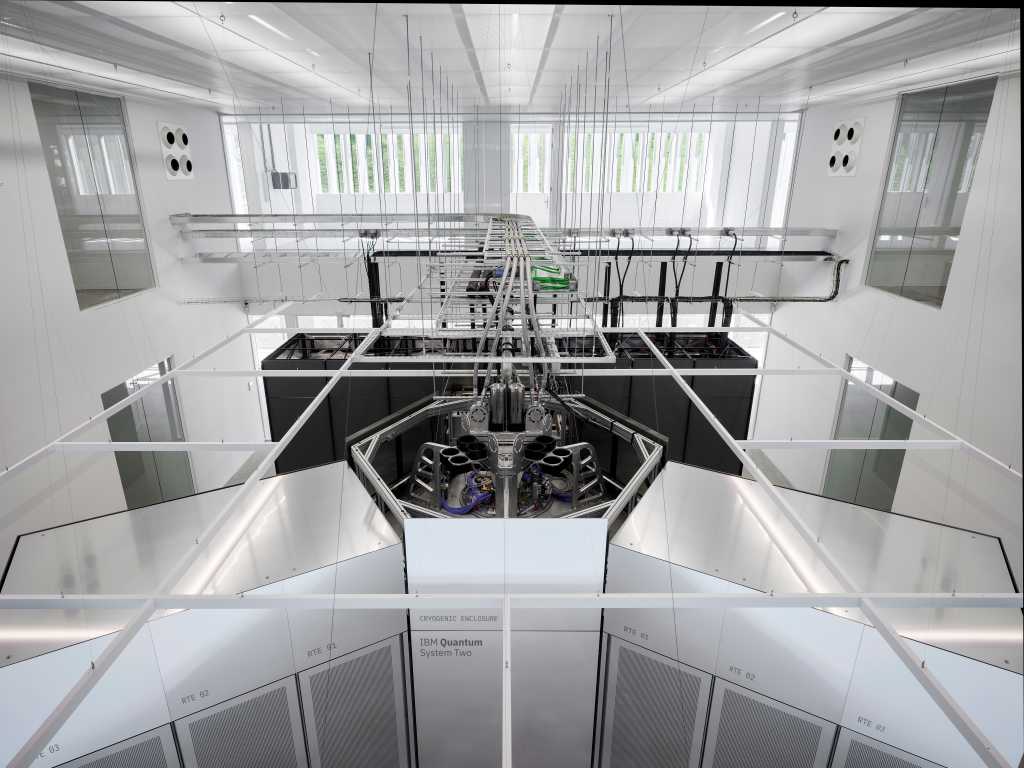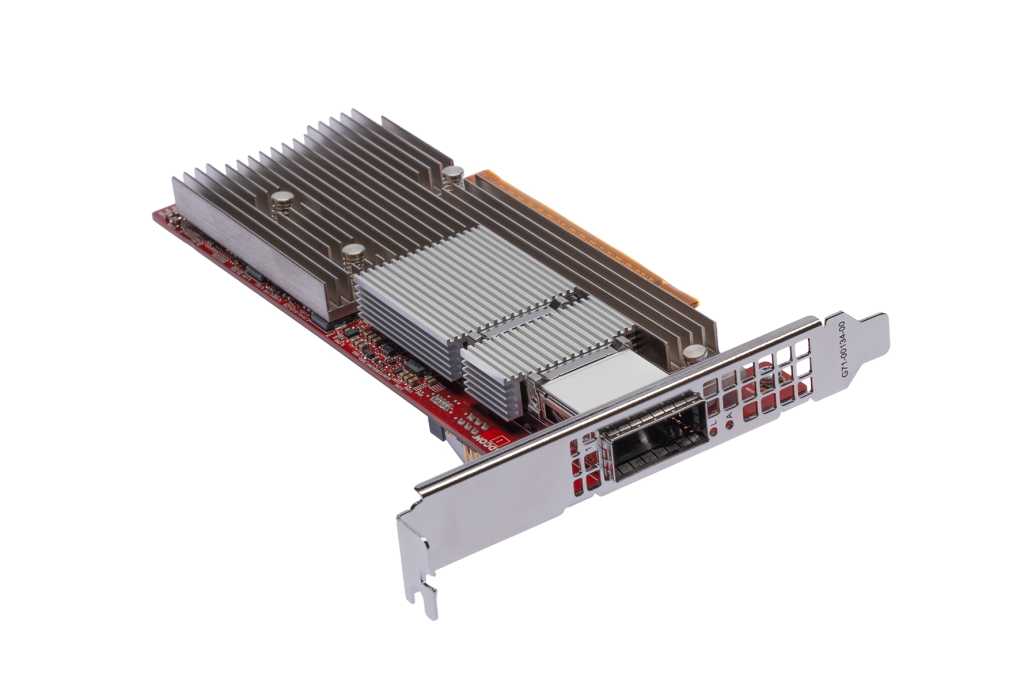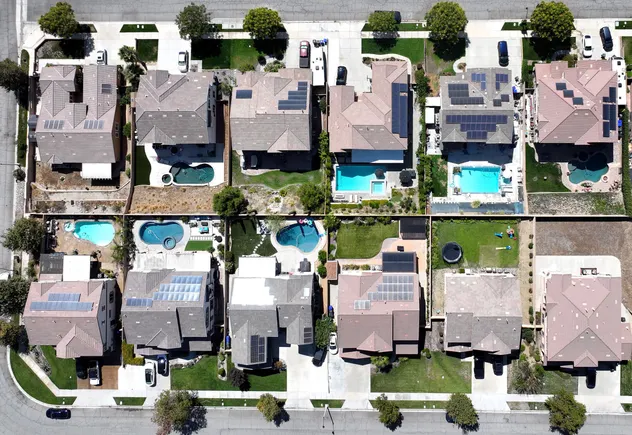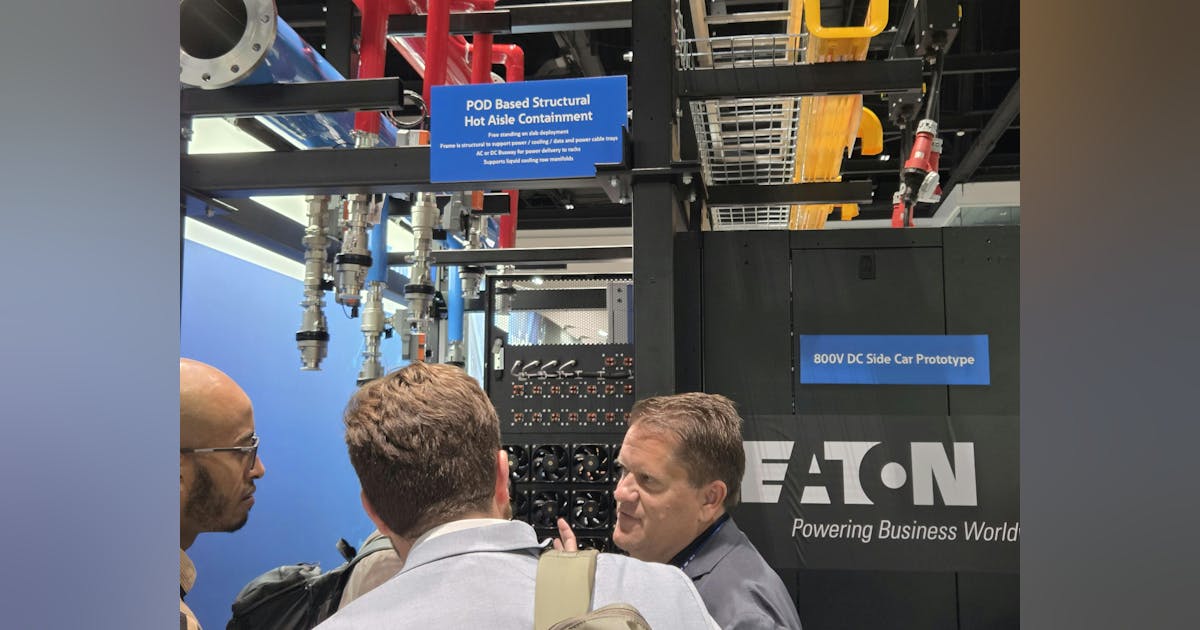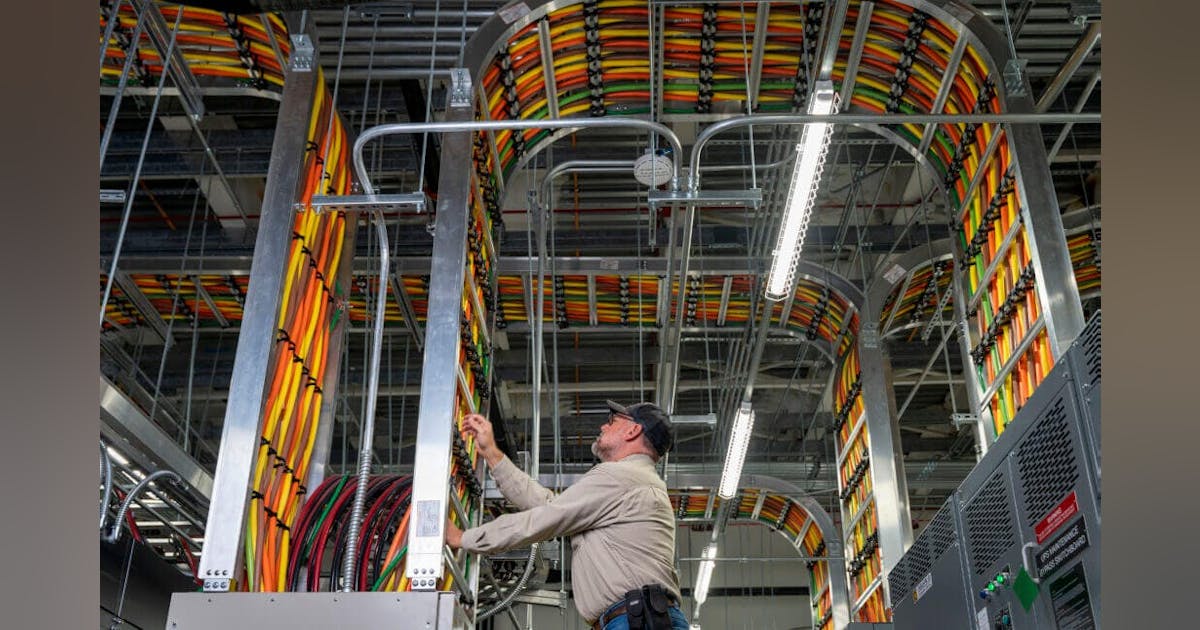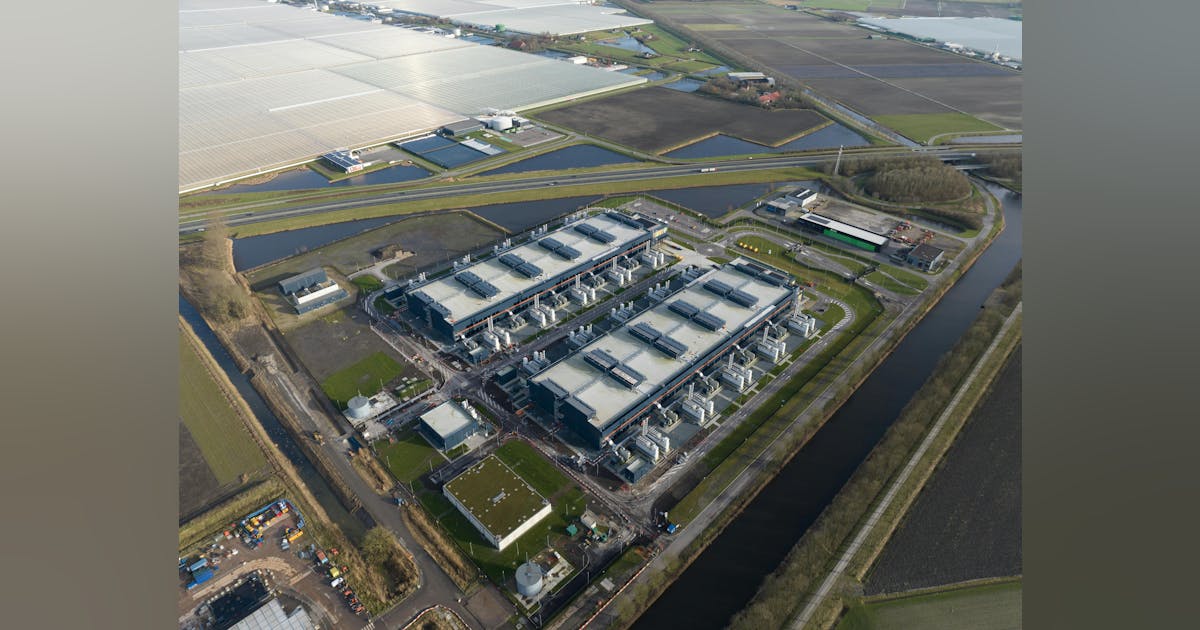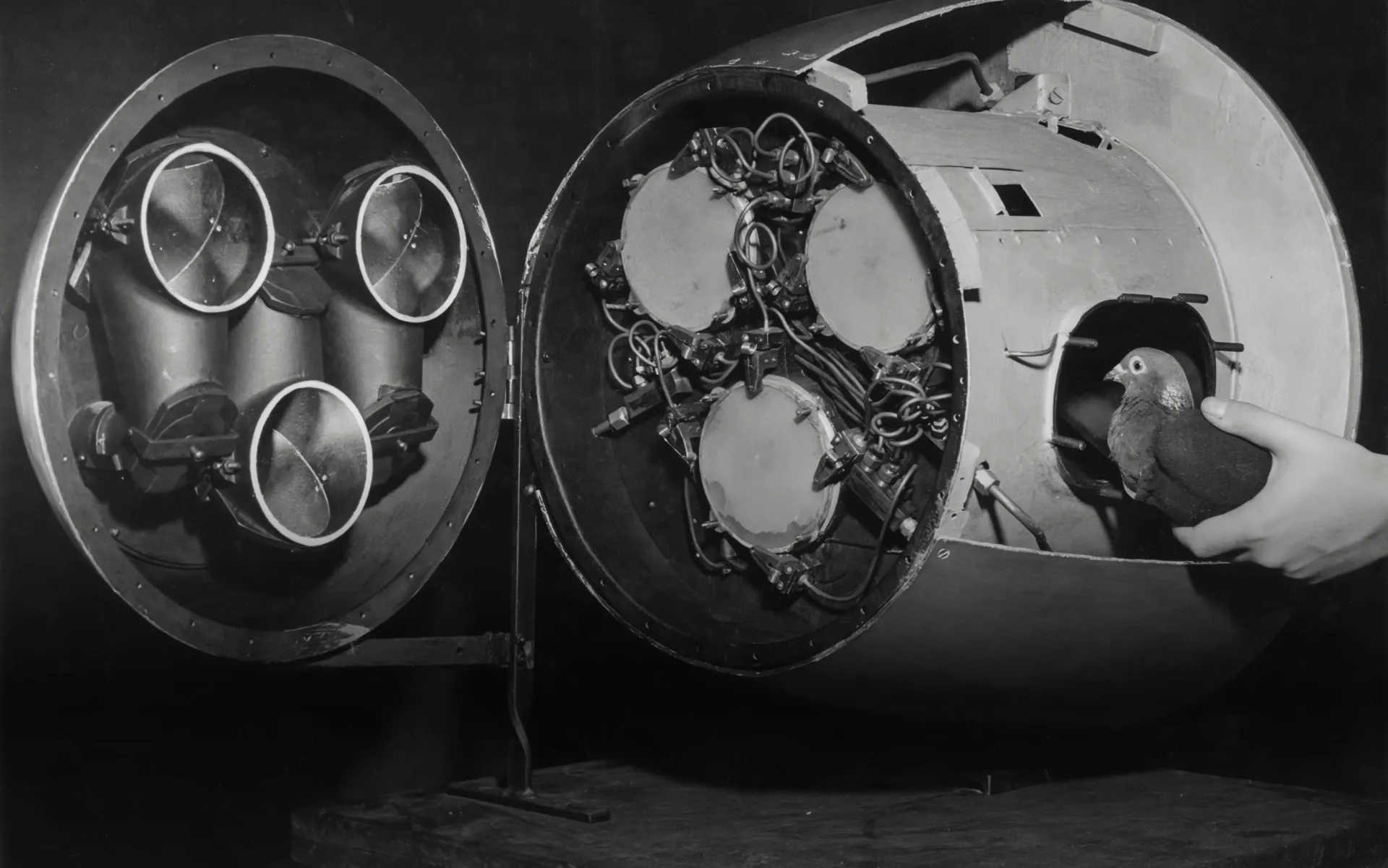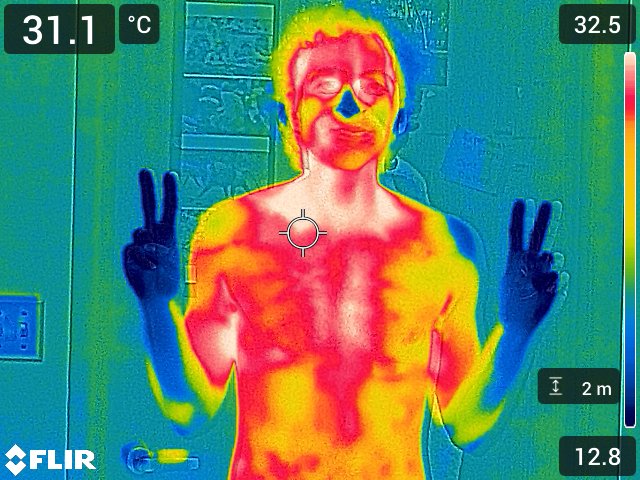
Sensors such as these can be attached to pallets to track its location, says Srivastava. “People in Europe are very conscious about where their food is coming from and, to comply with regulations, companies need to have sensors on the pallets,” he says. “Or they might need to know that meat has been transported at proper temperatures.” The smart tags can just be slapped on pallets, he says. “This is a very cheap way to do this, even with millions of pallets moving around,” he says.
The challenge, Srivastava says, is that when the devices are moving from trucks to logistics hubs, to warehouses, and to retail stores, “they need to connect to different technologies.”
Plus, all this data needs to be collected and analyzed. Some sensor manufacturers also offer cloud-based platforms to do this — and charge extra for the additional services.
One wireless power company, Energous, is doing just that, with an end-to-end ambient IoT platform consisting of wirelessly powered sensors, RF-based energy transmitters, and cloud-based monitoring software. Their newest product, the e-Sense Tag, was announced in June. The company has sold over 15,000 transmitters, says Giampaolo Marino, senior vice president of strategy and business development, and includes two Fortune 10 companies — one in retail IoT and one in logistics and transportation — among its customers.
The new tags will cost around $5 each, though the price is subject to change as the product is commercialized, Marino says. It’s a bit pricier than the disposable tags that cost under $1 each. But they will last for years, he adds, and can be reprogrammed.
“Three years ago, it was science fiction,” Marino says. “Today, it’s something we’re deploying.” It’s similar to how we went from cable internet to Wi-Fi everywhere, he says.

